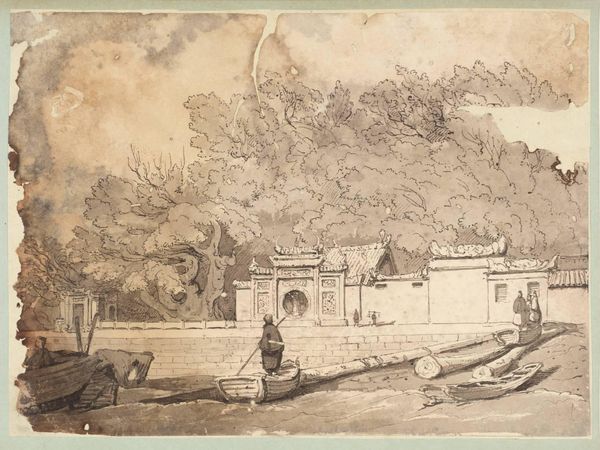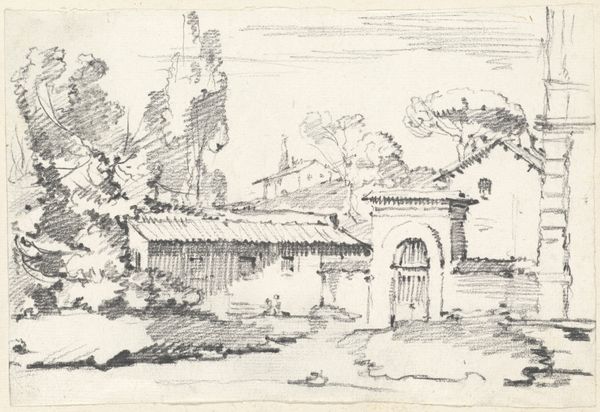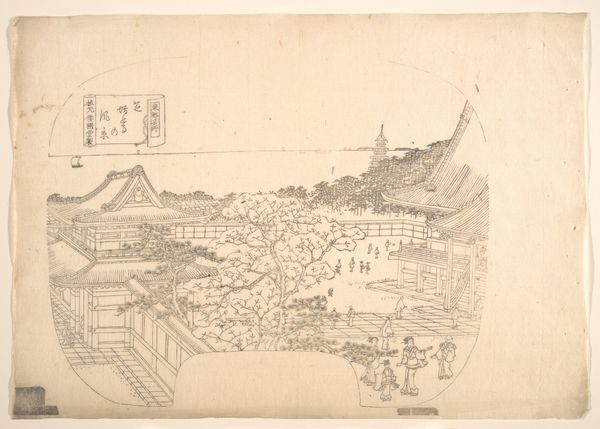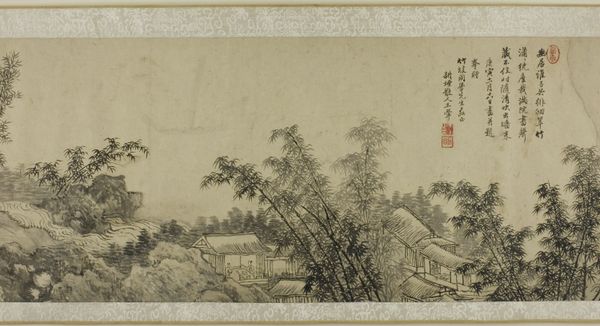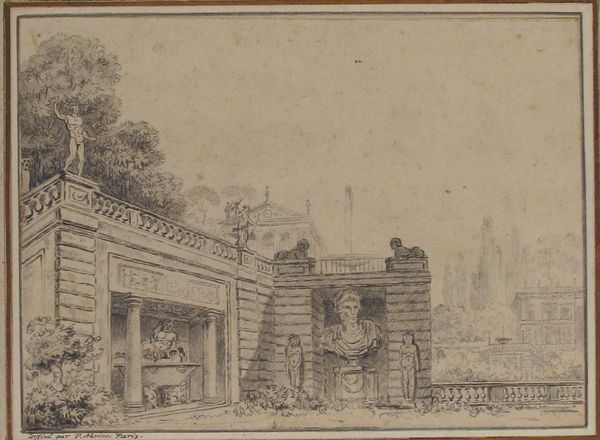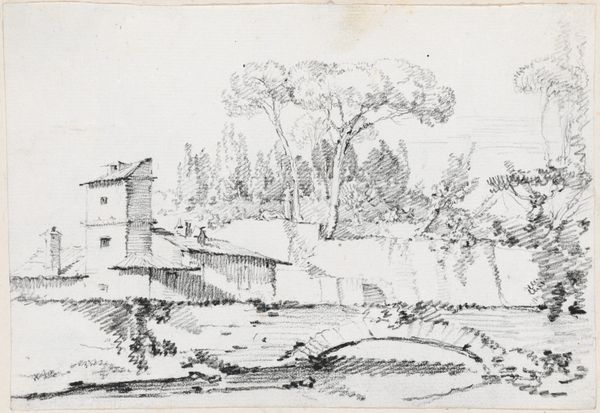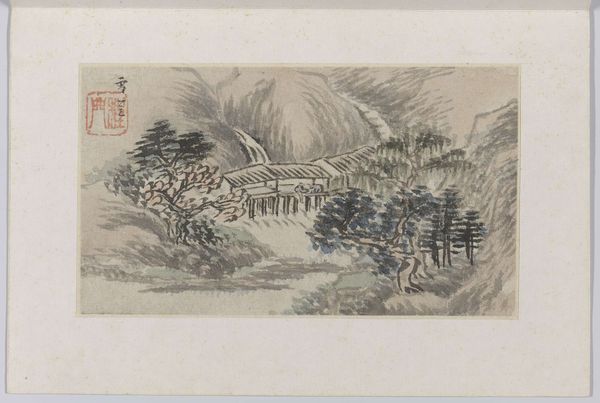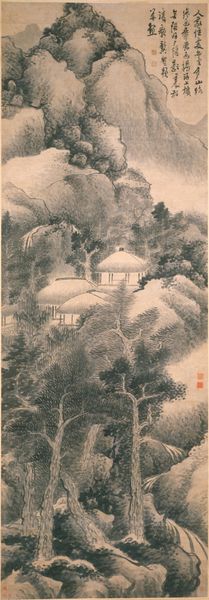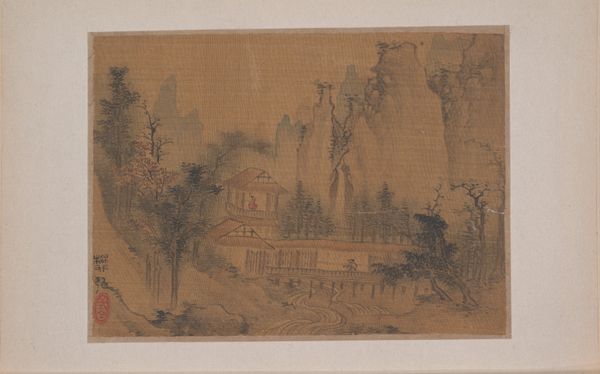
Mosque Near Pekin Occupied by the Commander-in-Chief and Lord Elgin, October 1860 1860
0:00
0:00
photography, albumen-print
#
asian-art
#
photography
#
orientalism
#
cityscape
#
albumen-print
Dimensions: image: 29.1 × 24.2 cm (11 7/16 × 9 1/2 in.) mount: 31.1 × 25 cm (12 1/4 × 9 13/16 in.)
Copyright: National Gallery of Art: CC0 1.0
This photograph, made by Felice Beato in October 1860, captures a mosque near Peking occupied by British forces. The image is loaded with the visual codes of colonial power. Beato, an Italian-British photographer, documented the Second Opium War, a conflict driven by British imperial ambitions in China. Lord Elgin, a key figure in the British delegation, ordered the destruction of the Old Summer Palace in Beijing. Beato's photograph presents a seemingly serene view of the occupied mosque. The architecture is striking, and there is a local man in traditional clothing. However, the presence of British forces represents the disruption of Chinese sovereignty. Beato’s photographs served to justify imperial expansion back in Britain. By examining archival materials, such as diplomatic correspondence and military records, we can better understand the complex social and political dynamics reflected in this photograph. The history of art constantly evolves as we engage with a growing number of resources.
Comments
No comments
Be the first to comment and join the conversation on the ultimate creative platform.
